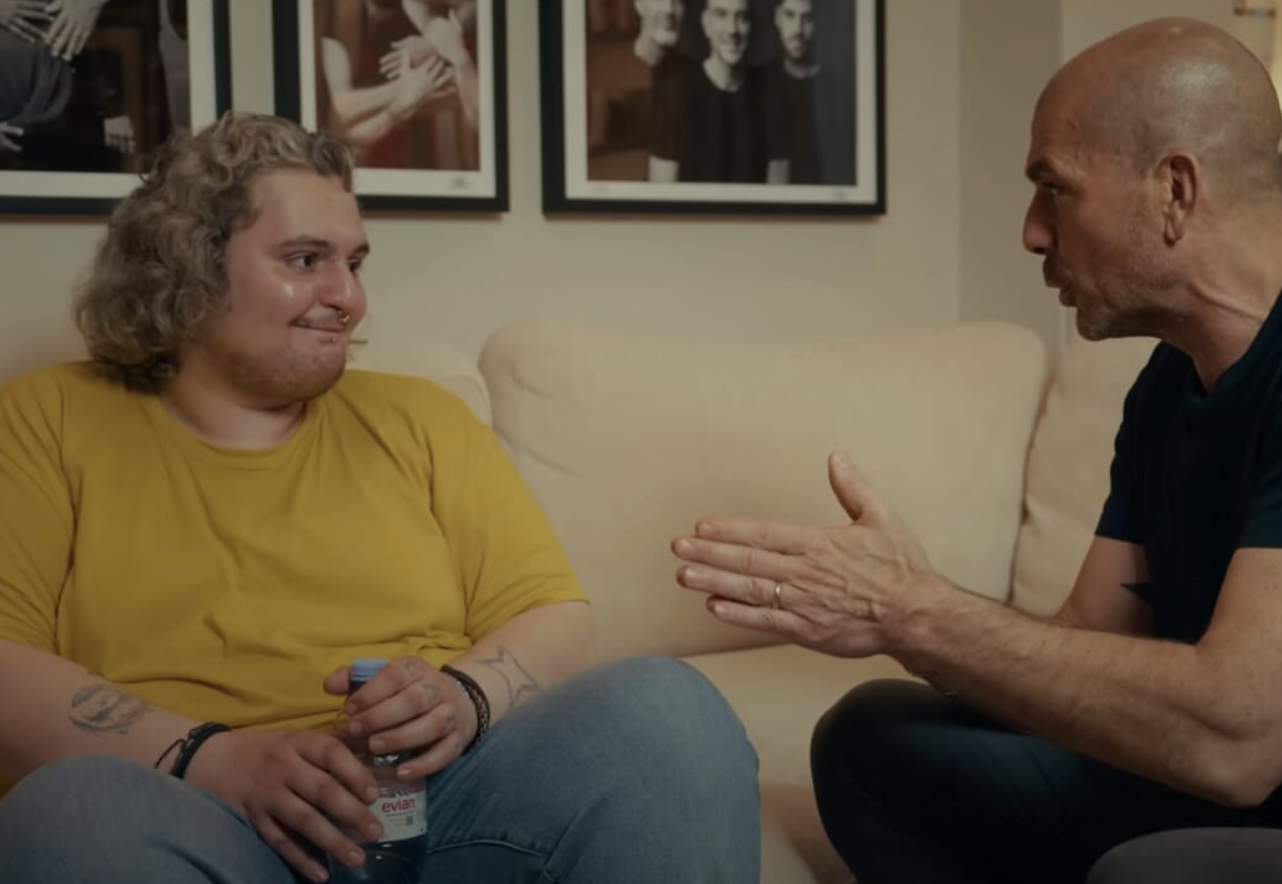IMPLANT-PROSTHETIC SUCCESS COMES FROM DIGITALIZATION
Once the implant type, the type of thread based on bone quality, and the implant positioning (mesiodistal and vestibular-palatal) have been decided, all this information must be transferred and saved into the design software. The final design will be transferred to the milling center for the production of the surgical guide needed to perform the ostotomies according to the outlined plan.
Implantologists know well that some errors are always possible and, to some extent, inevitable when working "freehand." The operator's position, lateral to the patient, combined with the patient's minimal but often involuntary movements (such as swallowing or the inevitable "defense" movements to our pressure), and above all, the varying consistency of the tissue being perforated (as occurs with the presence of a hard lamina that has not yet been resorbed in the case of early post-extraction implants), lead to more or less serious errors that can compromise the final result and, therefore, the long-term duration of our rehabilitation.
In our work, an error in inclination or interimplant distance of just 0.5 mm is a significant error that can also affect the final result.
As an explanatory example of a very evident and culpable positioning error, we present the documentation of this case carried out in 2019 in our city, which ended with a medical-legal dispute ( figs. 1-3 ).
Figure 1
Figure 2
Figure 3
The first attempts to create "surgical templates" that would "help" us with implant positioning did not lead to the desired results because the "guide" for our milling did not provide adequate "constraint" and allowed "movements" that the operator's hand was unable to control.
In the Figs. 4 and 5 it is possible to note the incorrect inclination of the implant in zone 21 which does not respect the bio-functional axis that the definitive crown will have.
Figure 4
Figure 5
The operator's hand holding the milling handpiece always ends up "slipping" and shifting depending on the hardness of the tissue encountered, moving towards the area of least resistance, which is almost always represented by the vestibular aspect of the jaws.
Over time, the development of planning software and the advent of CAD/CAM techniques have led to the evolution of procedures and techniques that today guarantee precise and reliable drilling templates with absolute constraints on our milling action.
It is now possible to position implants at the correct angle, in the various planes of space, for the intended prosthetic purpose, with the implant's anti-rotational system already precisely positioned based on the needs of the prosthetic abutment to be used, with correct primary stability through a drilling system that can be adapted to the bone morphology.
Reducing “guided surgery” (in our experience, even the name should be reevaluated) to a method for performing flapless implants, or to allowing dentists not trained to perform surgical procedures to perform surgery, is misleading and even dangerous.
Software-assisted surgery is used to perform more precise and safe procedures after a correct diagnosis, a studied prosthetic planning and an accurate implant design to finalize that project, using all the technology available.
These are the premises for our prosthetic, aesthetic and functional success today.
Thanks to this pre-operative study, it is also possible to use, almost always at the time of surgery, "healing" screws for the soft tissues, customized for the tissue emergency already foreseen for the designed prosthesis.
The circular section screws are then replaced, using modified abutments of a shape suitable for the tooth to be replaced, in order to cause the least possible damage to the delicate sealing system performed by the supracrestal soft tissues.
Returning to the case in question, it can be noted that the alveolar ridge, following the fracture of tooth 25, suffered greater damage vertically than horizontally. Even in this case, however, keratinized tissue was still present; this allowed the procedure to be performed without flaps, with a simple mucotomy.
In order to have a better prosthetic emergency, which therefore guarantees the best aesthetics, it was also decided to use prosthetic crowns cemented on 20° angled abutments.
In the figs. 6-8 Vertical bone loss may be noticeable, which must be highlighted to the patient during the planning stage.
Figure 6
Figure 7
Figure 8
In the figs. 9 and 10 : mucotomy.
Figure 9
Figure 10
In the fig g . 11 and 12 it is possible to note the correspondence of the sides of the hexagons of the mounters with those of the sleeves which allows to predetermine the final position of the inclined prosthetic abutments if their use is foreseen.
Figure 11
Figure 12
Once insertion is complete, caps are placed for optimal healing of the soft tissues, also equipped with an anti-rotational system for absolute tissue stability during healing.
The “hoods” can be lowered or modified according to the clinician's needs ( figs. 13, 14 ).
Figure 13
Figure 14
Once the bone integration phase is complete, the prosthetic procedures are performed, but the differences compared to the past, as you can imagine, are substantial.
The operator has already planned everything even before the surgery: not only the material to be used for the crowns, as was done until a few years ago, but also the shape and therefore the aesthetics achievable with the creation of the crowns, the prosthetic abutments to be used, the retentive type of prosthetic rehabilitation which in this case is planned to be "cemented".
The patient, however, underwent only one anesthesia, did not suffer from the healing of the flaps, did not have post-operative swelling, and did not even undergo anesthesia at the beginning of the prosthetic phase, which in the recent past was identified as phase II, or the "uncovering" phase of the implants, which had undergone the bone healing phase buried under the mucosal tissues.
Ultimately, the entire procedure is very minimally invasive ( figs. 15-18 ).
Figure 15
Figure 16
Figure 17
Figure 18
The approach described not only has the advantage of being minimally invasive and precise due to the technological advances used; it also has another significant advantage, perhaps even more important for us clinicians. The healing of the supracrestal soft tissues after our surgical "invasion" is protected and not disturbed by our procedures.
The “biological seal” occurs in a predetermined way on the concave implant neck area which leaves more space for the tissues and allows them that “stability” over time that clinicians have always sought.
Never before have implantologists had this knowledge, this level of technology and these products in their hands.
Lastly, I add, and it is not superfluous to say it, the company IDI EVOLUTION , Instead of following the "easiest to sell" trend, he decided to listen and followed a team of clinicians along a production path who study and compare notes with each other and, before suggesting a path to follow, continue to correct and implement the product if clinical trials or research suggest it.
Read also on this topic:
July 11, 2023: Phase 1: Implant Planning. Clinical Case Study by Dr. Massimo Fagnani
Read the article on Odontoiatria33.






















Share: